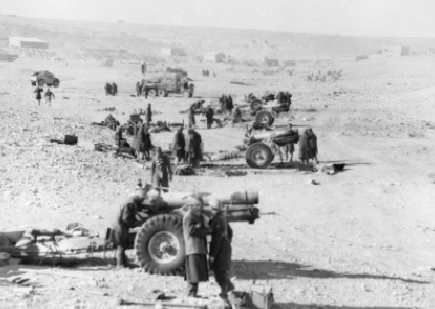
| Year | 1930 |
| Weapon Type | Heavy Howitzer |
| Origin & Designer | Britain/Various |
| Numbers Produced | 3.633 |
| Crew | 10 |
| Calibre | 152.4mm |
| Elevation | -0° to +45° |
| Traverse | 4° Left & Right |
| Breech | Wellin Screw |
| Recoil | Hydropneumatic |
| Gun Sight | No. 7 Dial Sight |
| Gun Mount | [@gun_mounts] |
| Carriage | Box Trail |
| Trailers | [@trailers] |
| Gun Shield | [@gun_shield] |
| Armoured Plate | [@armoured_plate] |
| Barrel Length | 2.210mm (L/13) |
| Overall Length | 2.21m |
| Width | 2.01m |
| Height | [@height] |
| Weight | In Action: 3.693 kg |
| Round Weight | 39 kg |
| Muzzle Velocity | 450 m/s |
| Feed | [@feed] |
| Magazine Capacity | [@magazine_capacity] |
| Practical Rate of Fire | [@practical_rate_of_fire] |
| Rate of Fire | 2 r.p.m. |
| Maximum Rate of Fire | [@maximum_rate_of_fire] |
| Maximum Ceiling | [@maximum_ceiling] |
| Maximum Ground Range | [@maximum_ground_range] |
| Maximum Range | 11.400m |
| Armour Penetration | [@armour_penetration] |
| Traction | Motorized |
| Variants | [@variants] |
| Notes | The 6in howitzer was designed as a replacement for the vintage 6in 30 cwt howitzer. It was used successfully during World War One and up-graded with pneumatic wheels in the interwar period. It started World War Two as the standard medium howitzer and saw action on all fronts with British and Commonwealth nations. It was gradually replaced by the more modern 5.5in gun but some saw action until 1945 then taken out of service. |